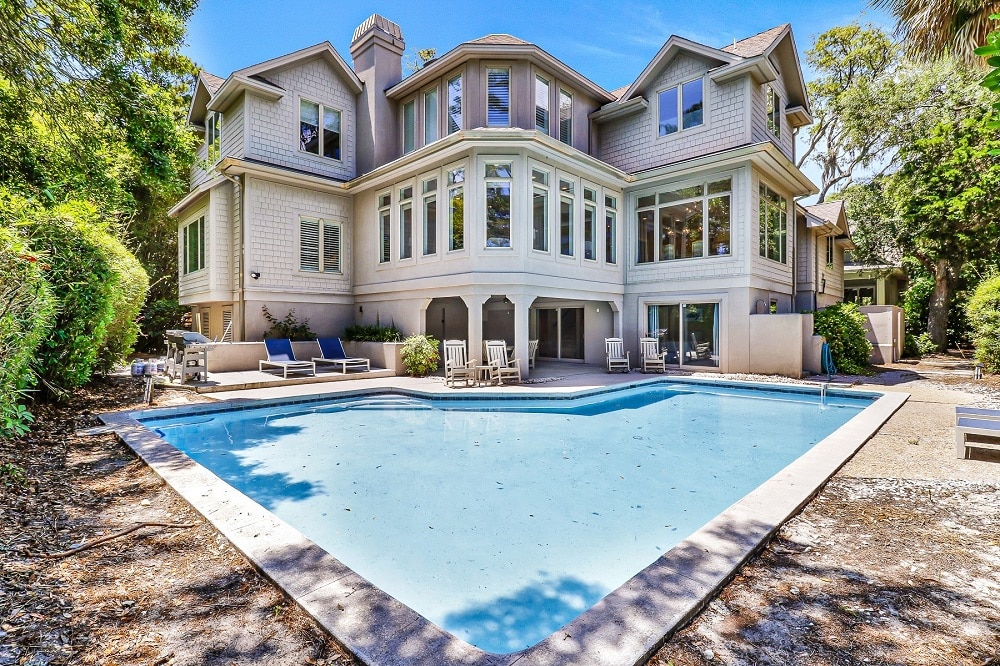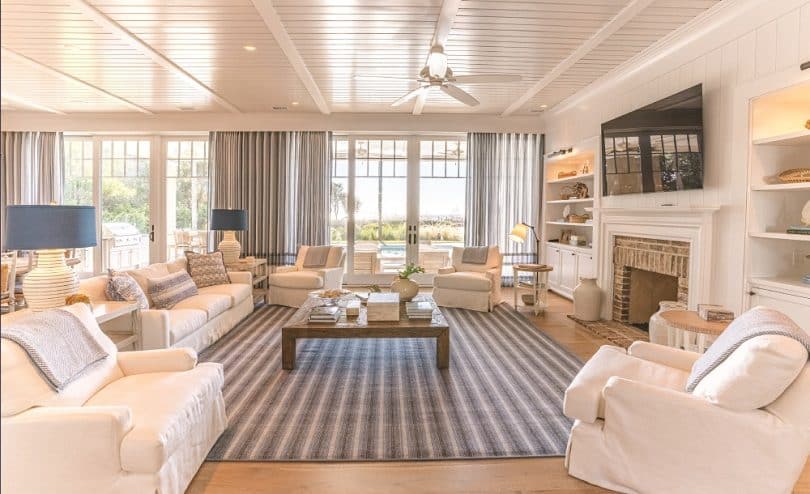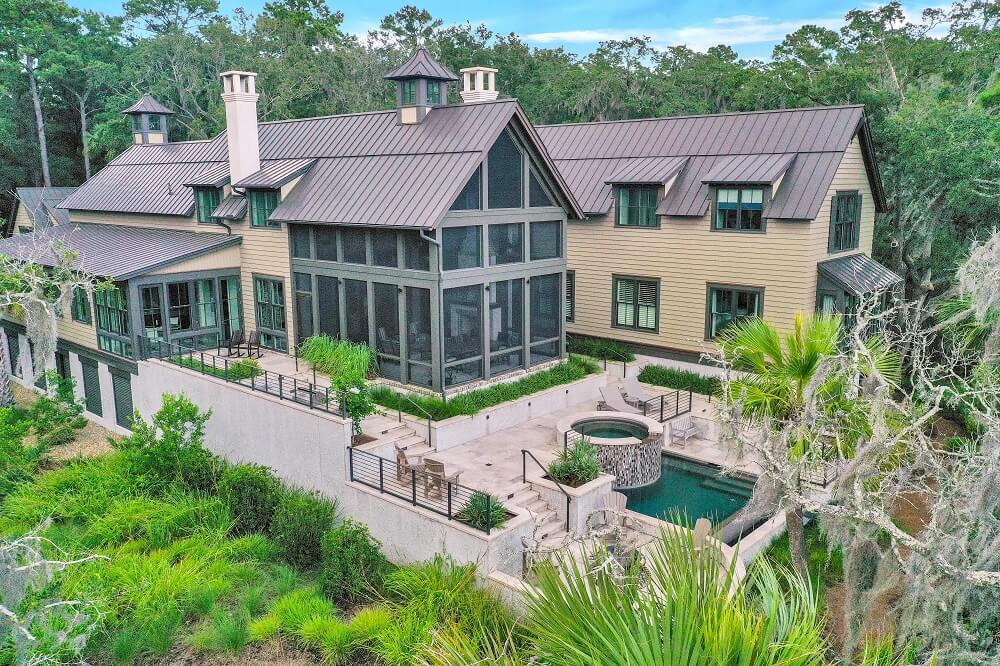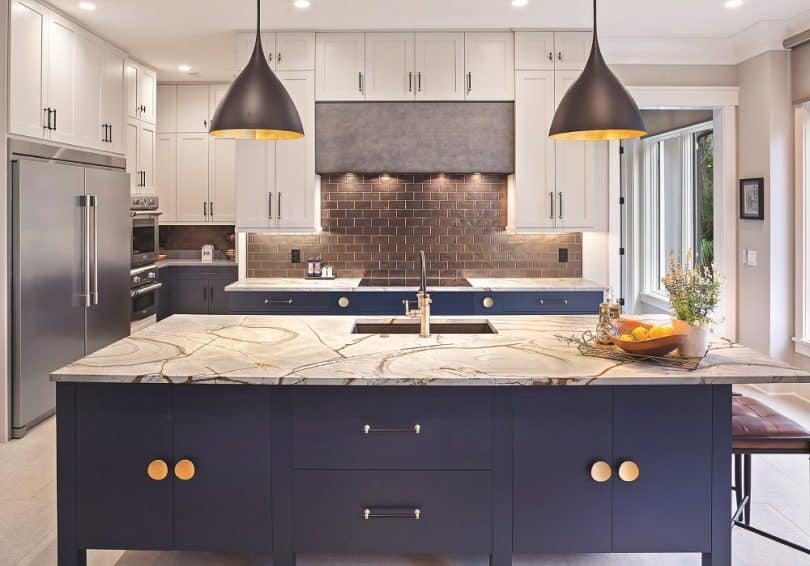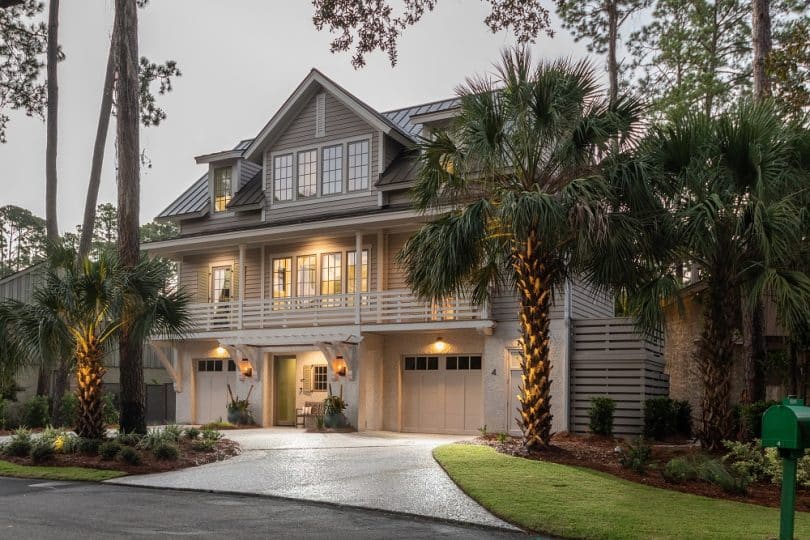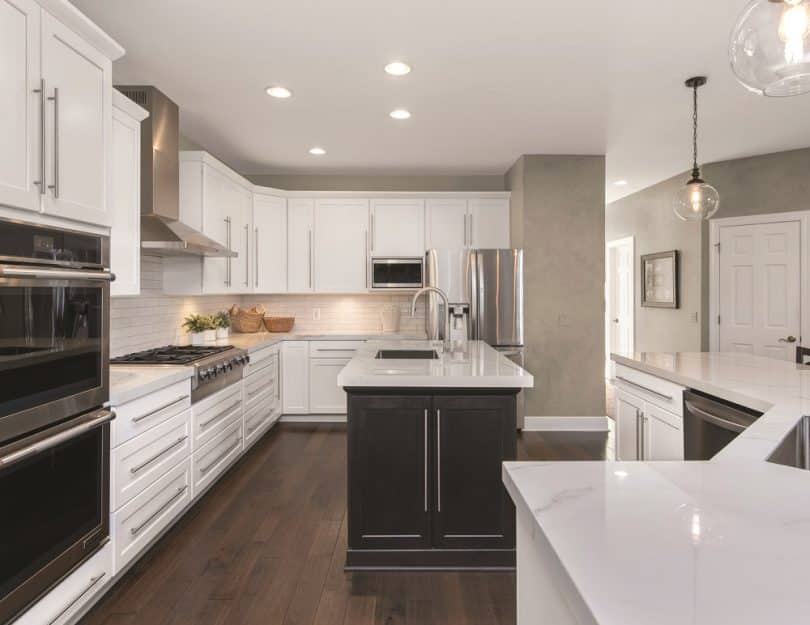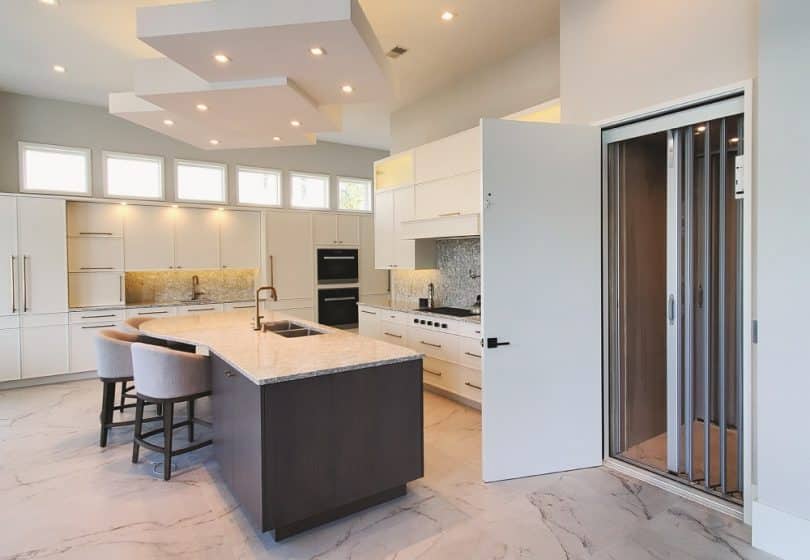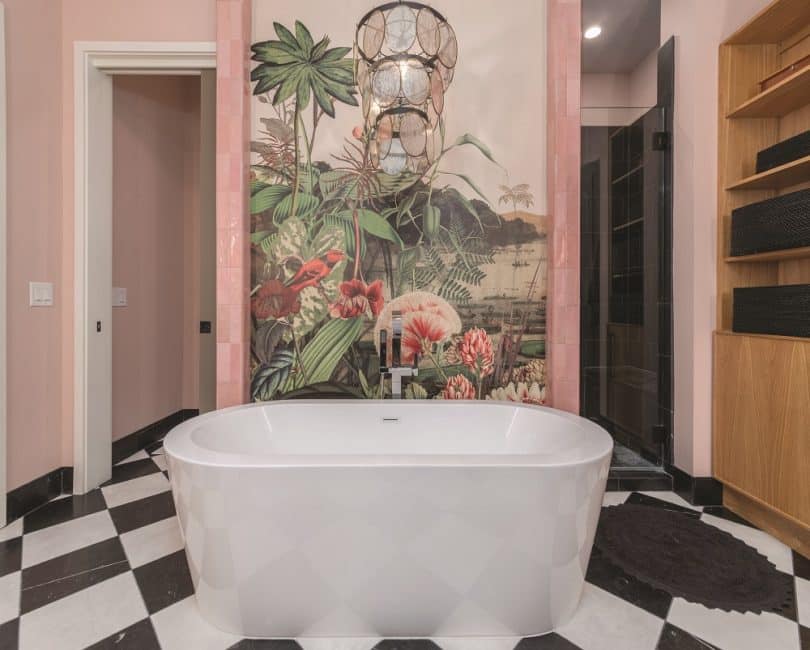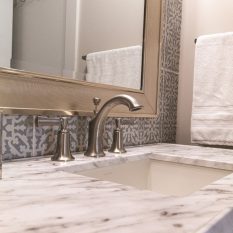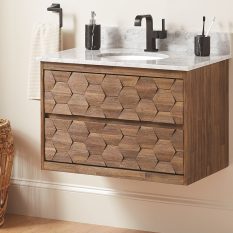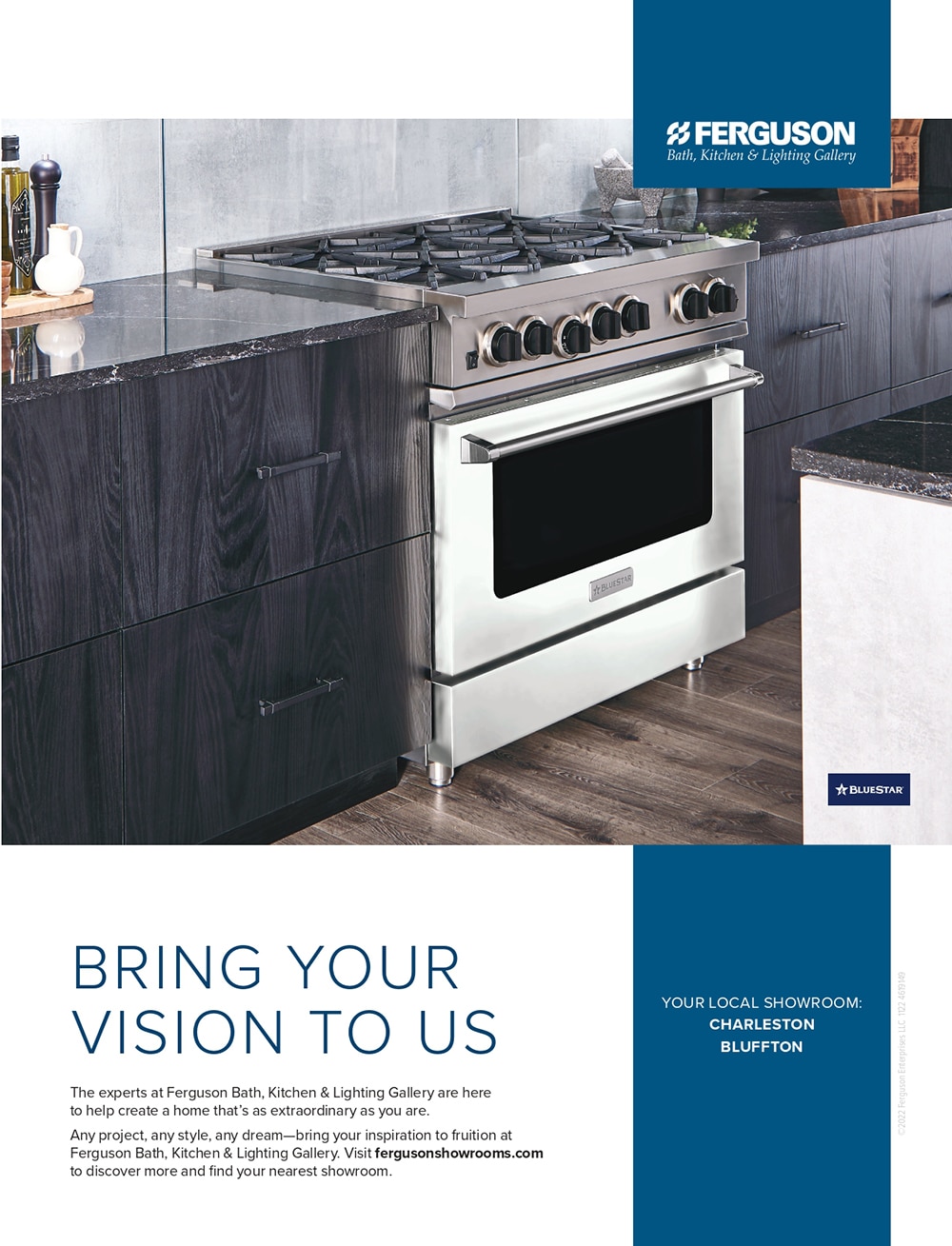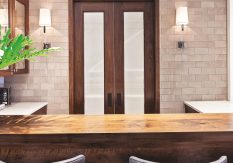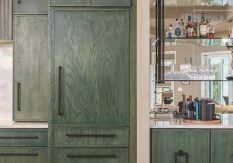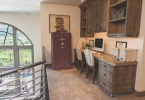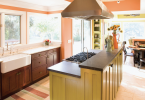Trends and Influences: Multi-sensory Design
Awaken the senses with your interior designs. Textures, colors, sounds and even aromas help make a place feel like home.
This trend has grown this year as people begin to search for spaces that activate all of the five basic senses. Interior design becomes more meaningful to the homeowner when it is engaging. Texture will be engaging this year through the use of tactile objects like fabrics, wood and stone, which can be found in the feel of hardware and fixtures. Brightness and warmth are experienced from the look of lighting. Water is felt, seen and heard through plumbing fixtures. Mixing tactile materials along with layering is key to making textural elements work.
Sight, touch, scent, sound, and even taste combine to make any room in your home a multi-sensory experience. From the meals you make in the kitchen to the textures of your design elements and finishes, every room offers an opportunity to include at least three or four of the senses.
Every room in your home should stimulate as many of your senses as possible. Color and pattern provide a visual element. Finishes and textures incorporate the sense of touch. Don’t forget to add in natural plants for a healthy boost of aroma, as well.
Playing with textures is a great way to enhance the sense of touch in your décor. Raised geometric patterns aren’t just fun to feel, they also act as a feast for your eyes, combining both visual and tactile elements.
Engaging the senses can be a restorative experience. The bathroom is one of the easiest places to incorporate multi-sensory design. Showerheads with multiple streaming options engage touch. When you want to kick things up a notch, choose shower systems that introduce chromatherapy, sound therapy and aromatherapy to the mix.

